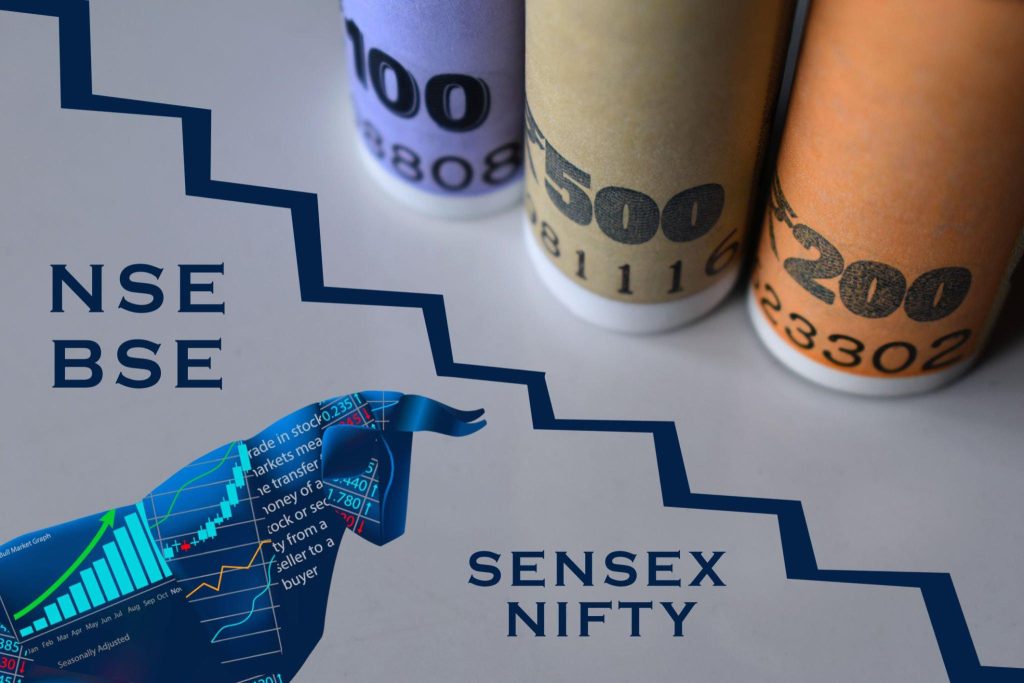Mastering India’s Stock Scene
The Indian stock market, a vibrant and dynamic landscape, has emerged as a prominent player in the global financial arena. Comprising two primary exchanges, the Bombay Stock Exchange (BSE) and the National Stock Exchange of India (NSE), the Indian market boasts a diverse range of investment opportunities, attracting both domestic and international investors. However, the market’s unique dynamics often pose challenges to even seasoned investors, necessitating a comprehensive understanding of its underlying factors and patterns.
-
Economic Indicators and Global Trends
The Indian stock market is closely intertwined with the nation’s economic performance. Factors such as GDP growth, inflation, interest rates, and fiscal policies play a significant role in shaping investor sentiment and influencing stock prices. Additionally, global economic trends and geopolitical events can also have a substantial impact on the Indian market, as evidenced by the market’s response to global crises such as the COVID-19 pandemic.
-
Investor Psychology and Sentiment
The Indian stock market is heavily influenced by investor psychology and sentiment. Retail investors, who constitute a large proportion of the market, are often driven by emotions and herd mentality, leading to periods of irrational exuberance or unwarranted pessimism. This volatility can be further exacerbated by media coverage and market manipulation tactics.
-
Sectoral Dynamics and Industry Trends
The Indian stock market comprises a diverse range of sectors, each with its own unique dynamics and growth prospects. Investors need to carefully evaluate the performance of individual sectors and industries to identify potential opportunities and risks. For instance, the Indian IT sector has historically been a major driver of market growth, while the infrastructure sector is expected to play a significant role in the nation’s future development.
-
Regulatory Framework and Government Policies
The Securities and Exchange Board of India (SEBI) serves as the primary regulator of the Indian stock market, ensuring market transparency and investor protection. Government policies, such as fiscal reforms, industrial incentives, and foreign investment regulations, also have a direct impact on the market’s overall performance.
-
Technological Advancements and Digitization
The Indian stock market has embraced technological advancements, with online trading platforms and mobile applications providing investors with convenient access to real-time market data and trading opportunities. Algorithmic trading and high-frequency trading have also gained prominence, adding to the market’s complexity.

Unique Anomalies and Market Behavior
The Indian stock market exhibits several unique anomalies that deviate from traditional market behavior. These anomalies include:
- January Effect: Stocks tend to exhibit positive returns in January, attributed to investment inflows and tax planning.
- Turn of the Month Effect: Stocks tend to perform better around the turn of the month due to salary inflows and trading patterns.
- Momentum Anomaly: Stocks that have performed well in the past continue to do so, despite rational expectations.
- Value-Growth Rotation: Cyclically, value and growth stocks exhibit alternating periods of outperformance.
- Size Anomaly: Smaller companies sometimes outperform larger ones, contrary to market cap expectations.
- Earnings Surprises: Stocks may react disproportionately to earnings surprises, creating trading opportunities.
Investing Strategies for the Indian Stock Market
Given the unique dynamics and anomalies of the Indian stock market, investors need to adopt a well-structured approach to navigate the market successfully. Key strategies include:
- Thorough Research and Due Diligence: Conduct comprehensive research on potential investments, evaluating company fundamentals, industry trends, and market sentiment.
- Diversification: Diversify investments across sectors, industries, and asset classes to mitigate risk and enhance portfolio stability.
- Risk Management: Employ risk management strategies, such as setting stop-loss orders and hedging positions, to protect capital from significant losses.
- Long-Term Perspective: Adopt a long-term investment horizon, avoiding impulsive decisions based on short-term market fluctuations.
- Seek Professional Guidance: Consider consulting with financial advisors or investment professionals to gain personalized guidance and tailored investment strategies.
Conclusion
The Indian stock market presents a wealth of opportunities for investors, but its unique dynamics and anomalies demand careful consideration and a well-defined investment strategy. By understanding the factors that influence the market, adopting prudent risk management practices, and seeking professional guidance when necessary, investors can navigate the complexities of the Indian market and potentially achieve long-term financial success.



